
Mitsubishi Outlander Estate (2012-2021) review
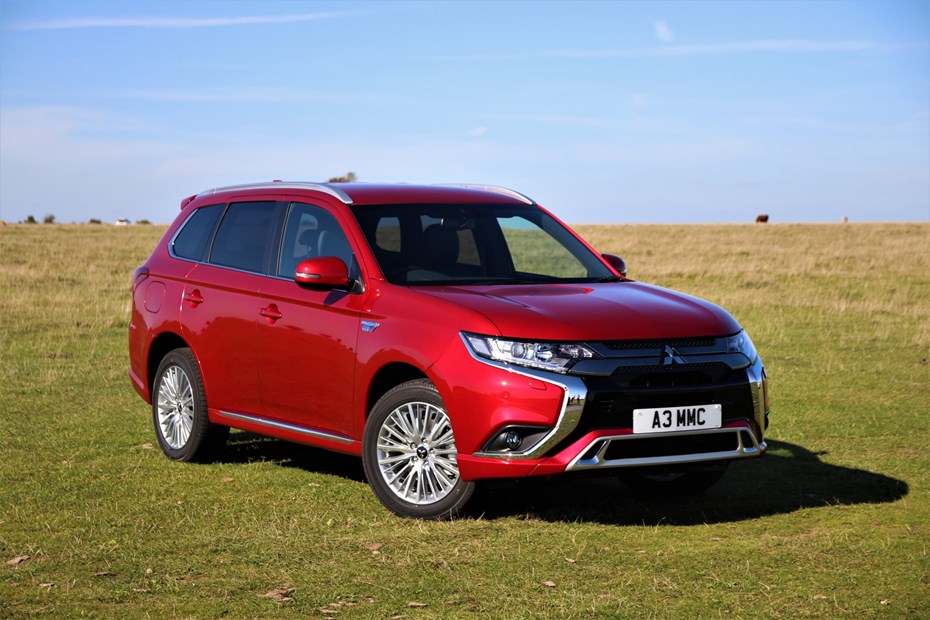
At a glance
| Price new | £23,854 - £46,100 |
|---|---|
| Used prices | £2,440 - £22,525 |
| Road tax cost | £20 - £620 |
| Insurance group | 19 - 32 |
Get an insurance quote with

|
|
| Fuel economy | 32.5 mpg |
| Range | 488 - 700 miles |
| Miles per pound | 4.8 |
| Number of doors | 5 |
| View full specs for a specific version | |
Available fuel types
Petrol
Diesel
Hybrid
Pros & cons
- Practical design with five or seven seats
- Highly efficient plug-in hybrid powertrain
- Update for 2019 model year to keep things current
- Should prove a robust, reliable machine
- Rivals are much better to drive
- PHEV doesn’t suit all drivers
- Functional cabin doesn’t look great
- Petrol engine best avoided
Mitsubishi Outlander (12-21) rivals
Overview
The Mitsubishi Outlander is a large, family-friendly SUV with plenty of features that make it an attractive buy. It’s offered with four-wheel drive and an automatic gearbox, a long warranty and, on some versions, seven seats. Generally speaking, though, it’s showing its age, having been around more or less unchanged since 2013. That’s more apparent in some areas than others, particularly the interior and the driving experience.
>> We rate the best hybrid SUVs for 2020
However, it has a real saving grace, and that’s the presence of a plug-in hybrid model introduced in 2013. The Outlander was one of the first plug-in hybrid models to achieve real success in the market, and it remains a strong-selling model even all these years on.
However, the Outlander’s since been outclassed by more modern rivals such as the Skoda Kodiaq, VW Tiguan Allspace and Hyundai Santa Fe – not to mention fellow hybrids such as the Toyota RAV4, Kia Niro PHEVand Honda CR-V Hybrid.
Petrol or plug-in power available
By far the most popular engine option for the Mitsubishi Outlander comes in the form of a PHEV (plug-in hybrid) model. It pairs an electric motor on each axle with a 2.4-litre petrol engine (or 2.0-litre before the 2018 facelift) and a large battery pack. This combination allows the Outlander to drive purely on electric power for up to 28 miles – more than enough to complete most commutes, school runs or inner-city jaunts.
The battery can be topped up from a three-pin socket in four hours, or a 50kWh fast charger will do the job in 25 minutes.
When the juice runs out, the petrol engine kicks in – either charging the batteries or driving the car directly. It’s the combination of the two power sources that allows Mitsubishi to quote an impressive official fuel economy figure of 139mpg.
Very few people opt for an Outlander that isn’t a PHEV, but Mitsubishi does offer options for those who wish to. Previously a 2.2-litre diesel was available, but this was dropped from the range in favour of a very old-fashioned 2.0-litre petrol engine that does without turbocharger or supercharger.
We’ll touch on this engine more later in the review, but for a quick three-word summary – don’t buy it.
Dated driving experience and interior
Despite the high-tech powertrain, though, the Outlander experience falls short in a number of other ways. Put simply, this six-year-old design can’t compete with the most modern SUVs when it comes to its driving experience or interior ambience.
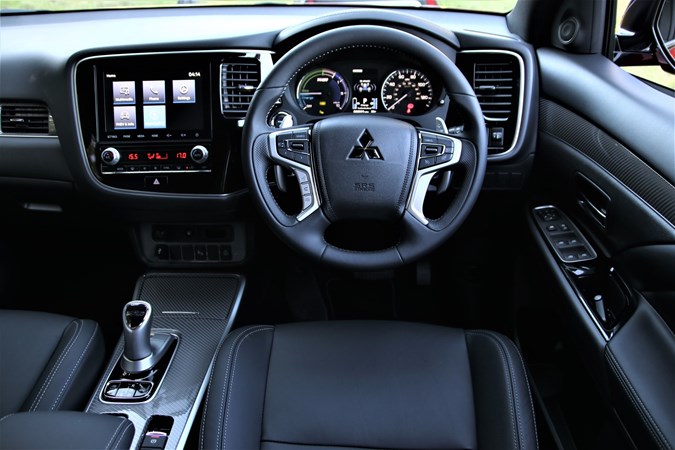
Whether PHEV or petrol, the Outlander’s set up for comfort over handling. There’s a lot of body lean in the corners and the steering is dead and lifeless. It doesn’t inspire very much confidence when driving fast, especially compared with the likes of the Skoda Kodiaq or Toyota RAV4.
> Interested in other large SUVs? Read our top 10 here
The interior remains a sticking point, too. It feels very old-fashioned and plasticky, with a mish-mash of different materials and buttons. The sat-nav infotainment system feels aftermarket, too, and all in all there’s very little of the high-tech feeling that most alternatively-powered rivals manage to get right.
Even compared with more conventional rivals, such as the Kia Niro PHEV, the Outlander’s awkward layout and poor materials feel cheap and tacky.
It’s very practical, however. Five-seat models – which includes all PHEVs, as the batteries go where the sixth and seventh seats would fold away – have a cavernous boot and room for five adults to stretch out in comfort. Where fitted, the rearmost seats are only really suitable for children, but they’re a useful addition to have for emergencies and don’t impact boot space much when folded.



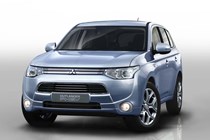
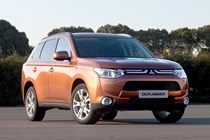
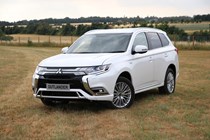
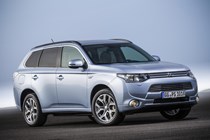
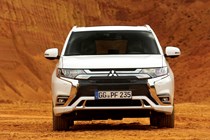

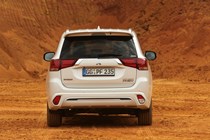
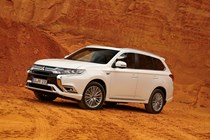
.jpg)
.jpg)
.jpg)
.jpg)
.jpg)
.jpg)
.jpg)
.jpg)
.jpg)
.jpg)
.jpg)
.jpg)
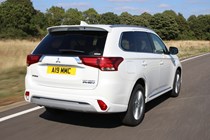
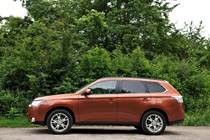
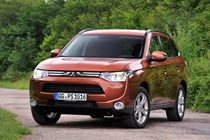
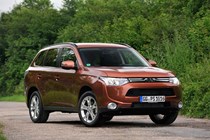
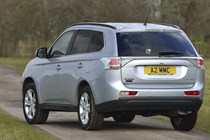
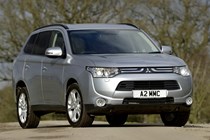
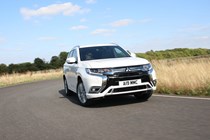

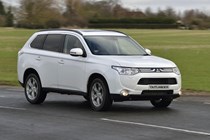
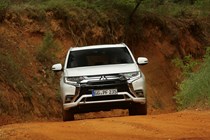
.jpg)

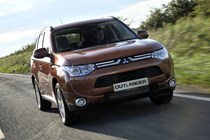

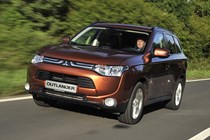
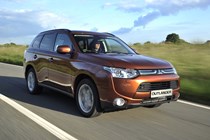
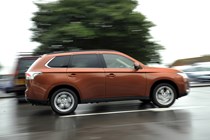
.jpg)
.jpg)
.jpg)
.jpg)
.jpg)
.jpg)
.jpg)
.jpg)
.jpg)
.jpg)
.jpg)
.jpg)
.jpg)
.jpg)
.jpg)
.jpg)
.jpg)
.jpg)
.jpg)
.jpg)
.jpg)
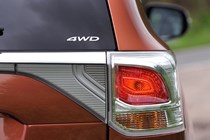
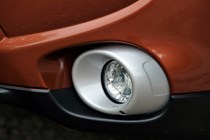
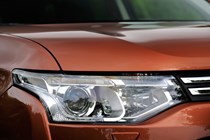
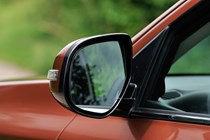

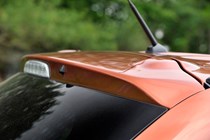
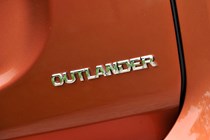
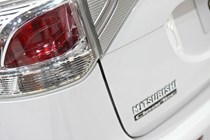
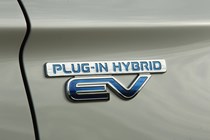

.jpg)
.jpg)
.jpg)
.jpg)
.jpg)
.jpg)
.jpg)
.jpg)
.jpg)
.jpg)
.jpg)
.jpg)
.jpg)
.jpg)
.jpg)
.jpg)
.jpg)
.jpg)
.jpg)
.jpg)
.jpg)
.jpg)
.jpg)
.jpg)
.jpg)
.jpg)
.jpg)
.jpg)
.jpg)
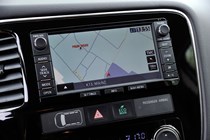
.jpg)
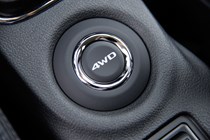
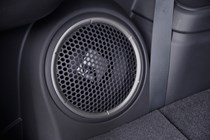
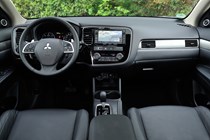
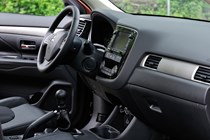
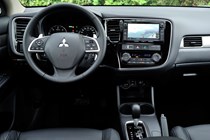

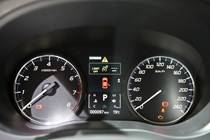
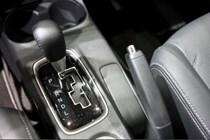
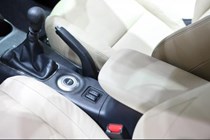
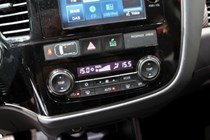
.jpg)
.jpg)
.jpg)
.jpg)
.jpg)
.jpg)
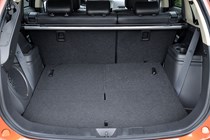

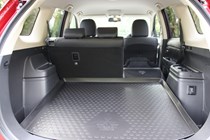
.jpg)
.jpg)
.jpg)
.jpg)
.jpg)
.jpg)
.jpg)
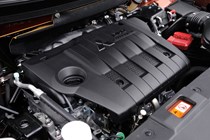
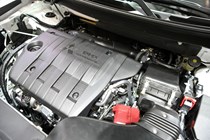
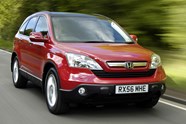
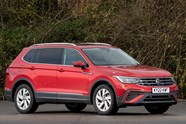
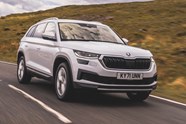









.jpg?quality=50)
.jpg?quality=50)
.jpg?quality=50)
.jpg?quality=50)
.jpg?quality=50)
.jpg?quality=50)
.jpg?quality=50)
.jpg?quality=50)
.jpg?quality=50)
.jpg?quality=50)
.jpg?quality=50)
.jpg?quality=50)










.jpg?quality=50)






.jpg?quality=50)
.jpg?quality=50)
.jpg?quality=50)
.jpg?quality=50)
.jpg?quality=50)
.jpg?quality=50)
.jpg?quality=50)
.jpg?quality=50)
.jpg?quality=50)
.jpg?quality=50)
.jpg?quality=50)
.jpg?quality=50)
.jpg?quality=50)
.jpg?quality=50)
.jpg?quality=50)
.jpg?quality=50)
.jpg?quality=50)
.jpg?quality=50)
.jpg?quality=50)
.jpg?quality=50)
.jpg?quality=50)










.jpg?quality=50)
.jpg?quality=50)
.jpg?quality=50)
.jpg?quality=50)
.jpg?quality=50)
.jpg?quality=50)
.jpg?quality=50)
.jpg?quality=50)
.jpg?quality=50)
.jpg?quality=50)
.jpg?quality=50)
.jpg?quality=50)
.jpg?quality=50)
.jpg?quality=50)
.jpg?quality=50)
.jpg?quality=50)
.jpg?quality=50)
.jpg?quality=50)
.jpg?quality=50)
.jpg?quality=50)
.jpg?quality=50)
.jpg?quality=50)
.jpg?quality=50)
.jpg?quality=50)
.jpg?quality=50)
.jpg?quality=50)
.jpg?quality=50)
.jpg?quality=50)
.jpg?quality=50)

.jpg?quality=50)










.jpg?quality=50)
.jpg?quality=50)
.jpg?quality=50)
.jpg?quality=50)
.jpg?quality=50)
.jpg?quality=50)



.jpg?quality=50)
.jpg?quality=50)
.jpg?quality=50)
.jpg?quality=50)
.jpg?quality=50)
.jpg?quality=50)
.jpg?quality=50)

